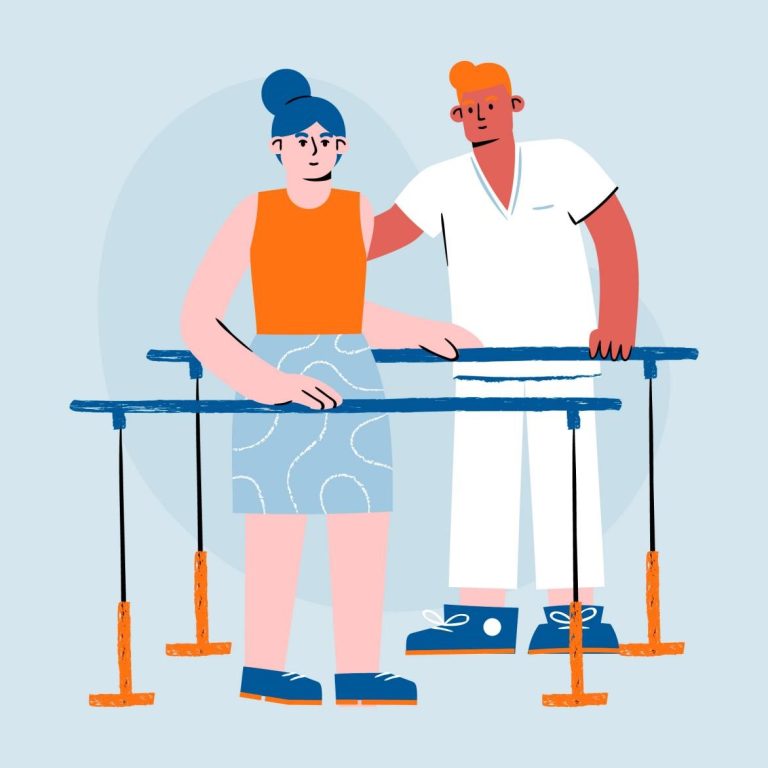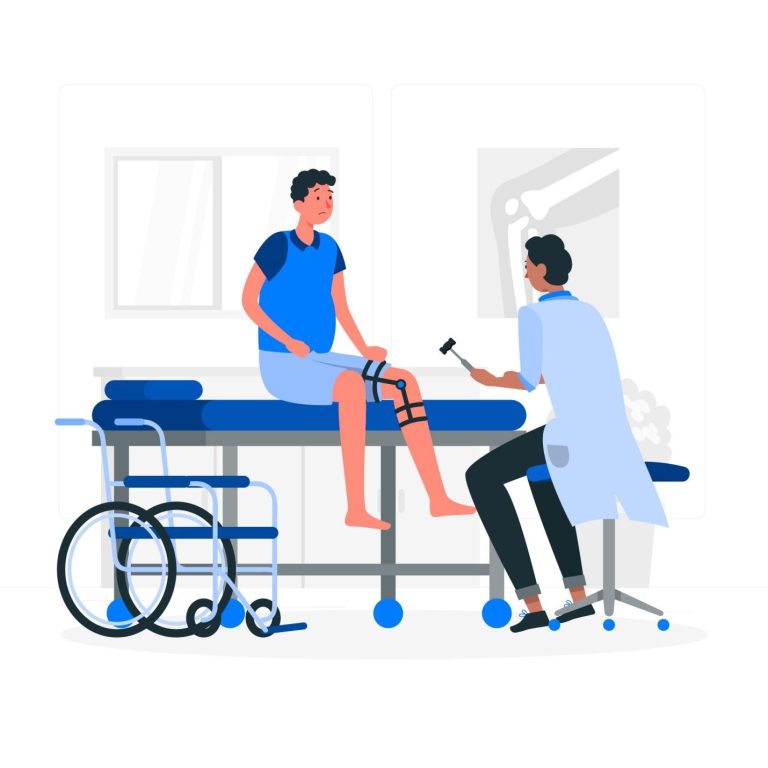The Ultimate Guide to Effective Post-Injury Rehabilitation Treatment
Injuries have a knack for catching us off guard, even when we’re being exceptionally cautious. It’s a reminder that accidents can happen to anyone, regardless of how careful we are. When an injury occurs, your priority becomes your recovery. While minor injuries might lead to a swift bounce back, more significant ones often call for the expertise of skilled medical professionals.
Remember, the strength, fitness, and health you’ve built up over time can’t fully guard you against the impact of an injury. The consequences can be more significant than we often anticipate.
If you find yourself injured during exercise or while participating in a sport, securing the right post-injury care is crucial. Want to learn how effective post-injury rehabilitation treatment is? Here’s how it can guide you back to an active lifestyle, helping you regain your stride and reclaim your vitality.
What is Post-Injury Rehabilitation
Post-injury rehabilitation is essentially the process of recovering and rebuilding after an injury. Think of it as a tailored roadmap that guides individuals back to optimal health and function following a physical setback. Whether you’ve encountered a sports-related injury, an accident, or a strain from everyday activities, post-injury rehab will help your body heal, regain strength, and regain the abilities you may have lost during the injury.

Rehab is also more than fixing physical damage – it’s about understanding the underlying causes, addressing any imbalances, and helping you regain your confidence in your body’s capabilities. With a blend of exercise prescription programs, hands-on therapies, and expert guidance, post-injury rehab can pave the way for you to reclaim your quality of life. This is whether you’re stepping back onto the field, resuming your daily routine, or simply moving pain-free.
Why is Rehabilitation So Important to Consider Post Injury
Simply put, getting effective post injury care can make a serious impact on your health. Rushed, improper, or no rehabilitation exercises at all can result in chronic pain or even more serious complications. That’s why seeking a professional is always recommended, someone who can map out a treatment plan to help you recover faster.
The good news is you can steer clear of potential issues by committing to a well-structured rehab program with the help of an osteopath. They are professionals in crafting meticulous treatment plan that’s tailored to restore your functionality and mobility.
How Does Osteopathy Help in Post Injury Rehabilitation
Osteopathy is valuable in harnessing the body’s innate capacity to self-heal. It achieves this by reestablishing balance and alleviating strain in areas that have been affected by injury. Through primarily hands-on techniques, osteopathy involves skillful manipulation of muscles, ligaments, tendons, and joints. This restoration of mobility and reduction of pain are at the core of osteopathic treatment for recovery.
When it comes to managing injuries, osteopathy takes a holistic approach, aiming to enhance the body’s overall functionality by ensuring seamless coordination between its structure and function.
The osteopath’s objective revolves around realigning the body’s systems, facilitating their harmonious interplay once more. The ultimate outcome? A life free from pain, where your body operates at its optimal capacity.
Rehabilitation Treatment and Exercises for Post Injury Care
Depending on the nature and severity of your injury, the practitioner employs a range of diverse therapies and exercise prescription programs to ensure effective post-injury care.

Among the common osteopathic techniques may include soft tissue massage, joint mobilisation, joint manipulation, dry needling, and shockwave therapy. Based on your unique needs they may even customise your treatment plan to encompass exercise prescription therapies.
Recovery Period: What to Expect?
The duration of your recovery process after an injury can span from several weeks to a few months, depending on how severe your injury is. The timeline is influenced by various factors, including how promptly you seek osteopathic treatment and your commitment to following the exercise regimen and injury guidance provided by your Osteopath.
How to Prepare for Post Rehabilitation Treatment?
In your initial consultation, the osteopath will delve deeper into your medical history to understand the intricacies of your injury. Following a comprehensive physical examination, they’ll precisely identify the root cause of your issue.
Depending on how major or minor your injury is, they may even conduct a thorough assessment of your muscles, honing in on any tension, tightness, or pain. This is to understand what other areas might even be affected and if certain structures are also experiencing excessive movements.
After this comprehensive assessment, the practitioner will chart an optimal path for managing your injury.
At Inner North Osteopathy, we ensure your post injury rehabilitation treatment is taken care of with the comfort you need to get better quicker and better. Our practice has everything you need for rehabilitation services in Melbourne. We can make your journey as smooth as possible with experienced osteopaths who will meet your needs as and when needed. For post-injury care, simply reach out to our practice today.



